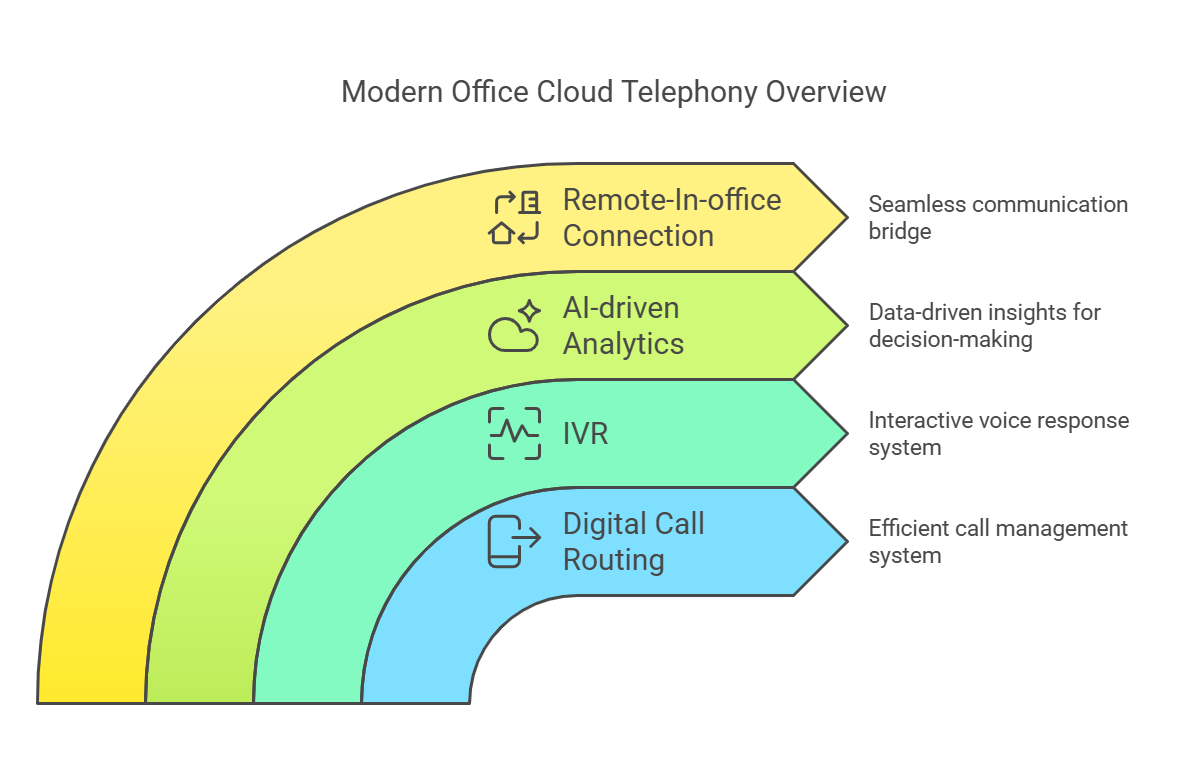Get Free Consultation!
We are ready to answer right now! Sign up for a free consultation.
I consent to the processing of personal data and agree with the user agreement and privacy policy

● This blog unpacks the real power behind cloud telephony: call analytics.
● It’s not just about answering more calls or reducing wait time. Call analytics is what separates busy support teams from high-performance CX engines.
● In this blog, you’ll learn what call analytics in cloud telephony actually means.
● Explore which call metrics you should be tracking — and which are vanity.
● Understand how top brands use analytics to improve first-call resolution and conversions.
● Concludes with a checklist to upgrade your support team from reactive to proactive.

ntroduction: The Truth About Calls Nobody Talks About
What Is Call Analytics in Cloud Telephony
What You Should Track — The Real Metrics That Matter
Track or Trash?
Analytics Myths You Should Ignore
Thoughts to Ponder
Key Takeaways
Wrap-Up
Conclusion

Hundreds of calls are answered every day. Some of them get closed in a jiffy. Others go from agent to agent. Some turn into sales. Others with an exasperated breath.
The calls occur. But do you actually know why they ended as they did?
That’s the cost hidden behind operating support without analytics.
You’re operating in the dark.
In the era of cloud telephony, routing calls or monitoring wait times is no longer enough. You require actual call intelligence — information that informs you:
● Why your customers are calling
● Which agents are answering questions versus merely closing tickets
● What’s slowing down your CSAT or resulting in repeat questions
● When peak volumes are damaging conversions
● How each IVR path is performing
Call analytics isn’t an afterthought dashboard feature anymore. It’s the pulse of customer experience today.
And if you are employing Cloud Telephony Services, you’re halfway there — now it’s time to take your tracking up a notch.
Call Analytics is simply the tracking, recording, analysis, and visualization of data from incoming and outgoing calls — all driven by cloud telephony infrastructure.
Rather than “calls per day,” you now have access to:
● Average handling time
● Sentiment scores
● Call outcomes (resolved, escalated, follow-up)
● Agent performance
● First-call resolution (FCR)
● IVR dropout rates